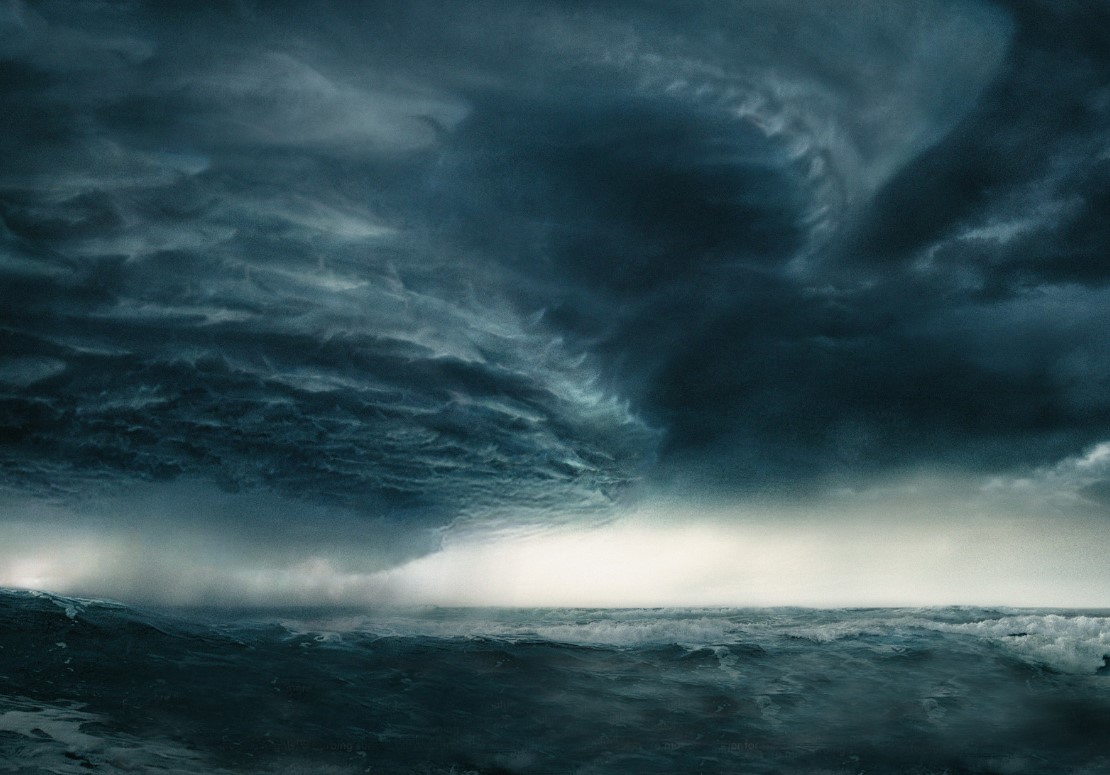A powerful tropical cyclone is churning toward Australia’s east coast, bringing severe weather, widespread disruptions, and growing concerns over flooding. Authorities have shut down hundreds of schools, suspended public transport, and issued urgent warnings as Cyclone Alfred inches closer to landfall.
Schools and Transport Services Shut Down
Prime Minister Anthony Albanese confirmed that 660 schools in southern Queensland and another 280 in northern New South Wales have been closed. Officials say the move was necessary to ensure the safety of students, with heavy rain and strong winds already creating hazardous conditions.
Public transport has also come to a standstill across the affected regions. Buses, trains, and ferries have been suspended as authorities brace for worsening weather. Hospitals, meanwhile, have limited their operations, focusing only on emergency cases.
One of the biggest concerns is power outages. More than 4,500 homes and businesses in northern New South Wales have already lost electricity, with strong winds continuing to cause damage to power lines and infrastructure.

Cyclone Alfred’s Strength and Projected Path
As of Thursday, Cyclone Alfred was about 280 kilometers (170 miles) east of Brisbane, moving westward at a slow but steady pace. The cyclone is currently packing sustained winds of 95 kph (59 mph), with gusts reaching up to 130 kph (81 mph).
Meteorologists warn that Alfred is expected to make landfall early Saturday, likely between the Sunshine Coast and Gold Coast. The slow-moving nature of the system raises concerns, as it allows for extended periods of heavy rainfall, increasing the risk of flooding and coastal erosion.
Brisbane, a city of nearly four million people, is particularly vulnerable due to its location on a river floodplain. Authorities fear that up to 20,000 homes could be affected if water levels continue to rise.
The Risk of Alfred’s Slow Movement
One of the most worrying aspects of this cyclone is its sluggish movement. Originally forecast to hit by late Thursday or early Friday, the expected landfall has now been delayed to Saturday.
- The longer the cyclone lingers, the more rain falls, increasing the risk of flash flooding.
- Coastal areas face prolonged storm surges, leading to beach erosion and potential property damage.
- Weak steering winds have allowed Alfred to stall, making its path more unpredictable.
Weather experts say the slow-moving system could cause more damage than a faster cyclone, simply because of the extended exposure to extreme conditions.
An Unusual Cyclone Path Raises Concerns
Tropical cyclones typically form and make landfall in northern Australia, but Alfred has taken a rare southern route. The last major storm to hit this part of Queensland was Cyclone Zoe in 1974, and infrastructure in the region is not built to withstand tropical storms of this magnitude.
Experts believe that a high-pressure system over the Tasman Sea has steered Alfred toward the Australian mainland. While it remains unclear if climate change played a role in its formation, scientists say rising ocean temperatures have contributed to increasingly unpredictable cyclone patterns.
Airlines Suspend Flights Amid Safety Concerns
The aviation sector is also feeling the impact. Virgin Australia and Qantas have canceled flights to and from Brisbane, the Gold Coast, and Ballina on Friday and Saturday.
Affected travelers are being offered free rescheduling options, with both airlines expecting to resume normal operations by Sunday—if conditions permit. Airports across the region are on high alert, with emergency response teams standing by.
Landfall Expected in Redcliffe, Moreton Bay
The Bureau of Meteorology now predicts that Cyclone Alfred will make landfall at Redcliffe in Moreton Bay around 4 AM on Saturday. While some forecasts suggest it may weaken to a Category 1 system upon landfall, authorities stress that strong winds and torrential rain will continue to pose a major threat.
Emergency services are urging residents to stay indoors, prepare for possible evacuations, and keep up with the latest warnings. With more than 310,000 sandbags already distributed across Brisbane, officials are racing to minimize the impact before the worst of the storm arrives.
As Cyclone Alfred inches closer, all eyes remain on the coast. The next 48 hours will be critical in determining just how much damage this slow-moving system leaves in its wake.



















